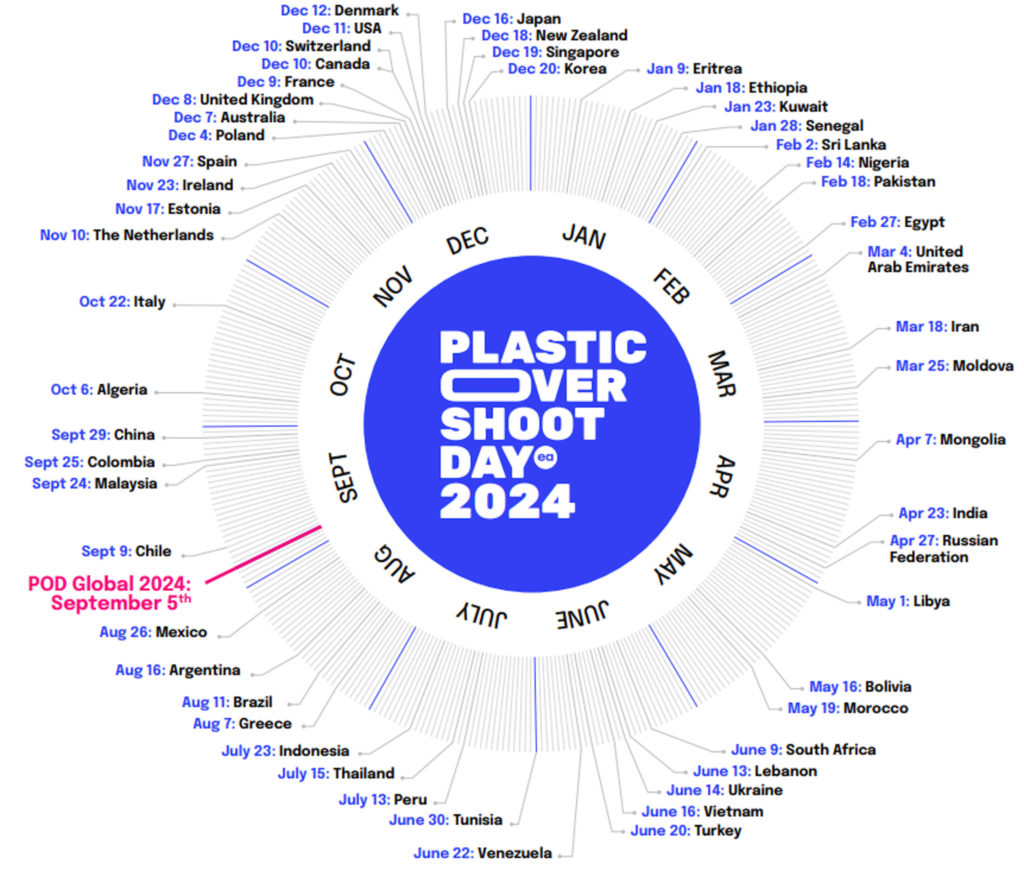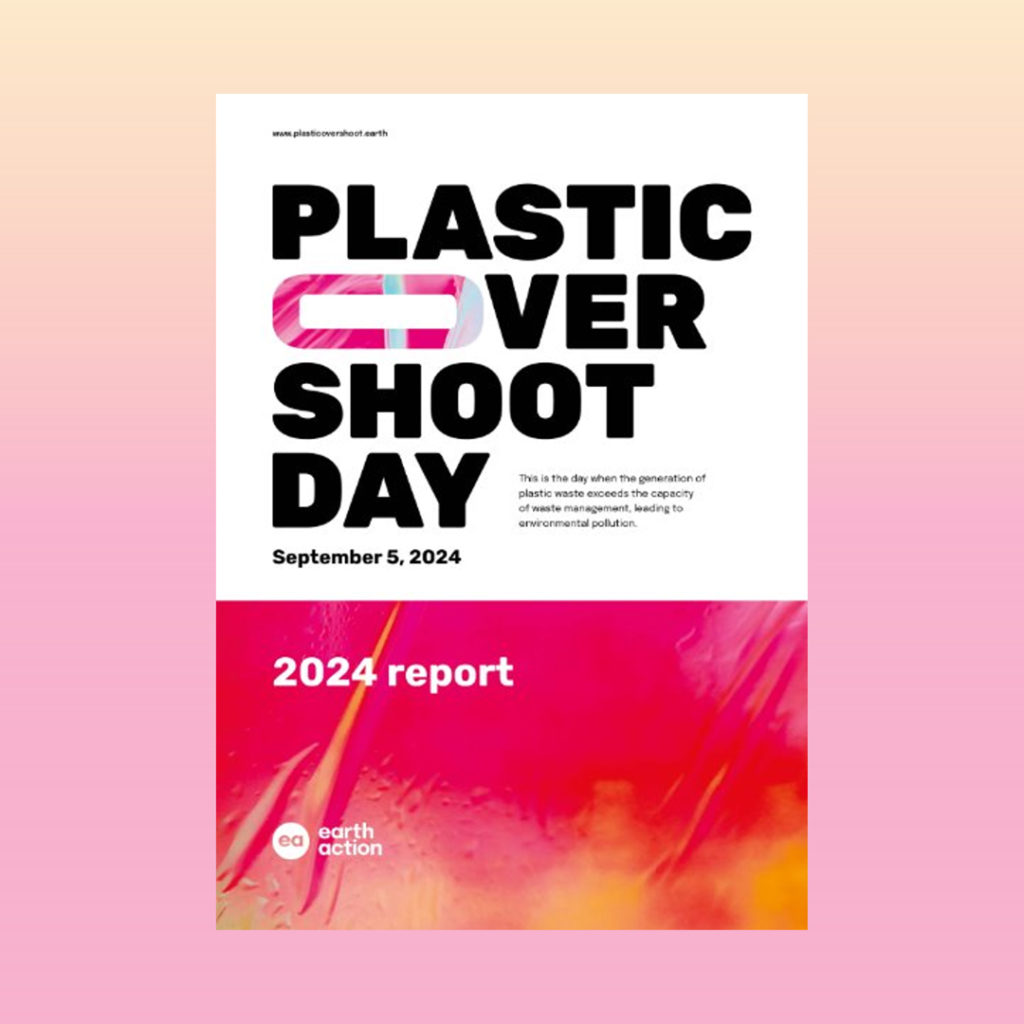Plastic Overshoot Day marks the point when the amount of plastic waste generated exceeds the world’s capacity to manage it, resulting in environmental pollution. In 2024, the global Plastic Overshoot Day is projected to occur on September 5th.
Each country has its own Plastic Overshoot Day, which is determined by the amount of plastic waste generated and the country’s capacity to manage it.
To facilitate targeted and effective solutions, 6 country archetypes have been established, enabling the profiling of countries based on factors such as local per capita plastic consumption, the import and export volumes of waste, and the country’s waste treatment capabilities. By considering these archetypes, we can present recommendations tailored to each country’s unique circumstances.
“After scientists ringing the alarm for decades it is now evident for all to see that plastic pollution has set humanity on the road to ecological and humanitarian disaster. We have a narrow window of opportunity this year to create a global Plastics Treaty that will protect not only our ocean, our air, our soil but our own children. The question for every government now is this – will you negotiate a Treaty to protect the health of your people; or will you negotiate a Treaty to protect the profits of the fossil fuel industry? Viable solutions are already available at scale, giving us materials and systems that work in harmony with nature, not against it.”
Sian Sutherland, Co-Founder, A Plastic Planet & Plastic Health Council

Key Highlights from the report
- For 2024, Plastic Overshoot Day is projected to occur on September 5th, marking the point when plastic waste produced surpasses the planet’s waste management systems.
- In 2024, 220 million tonnes of plastic waste will be created.
- In 2024, nearly 70 million tons of plastic will end up in nature due to imbalance between the volumes of plastics consumed and the capacity to manage the plastic at the end of its life.
- Plastic waste has risen by 7.11% since 2021.
- Countries are classified into 6 different archetypes to help readers understand how each country fits into the plastic waste management ecosystem, with associated recommendations tailored to each archetype’s unique circumstances.
